Cattails are common aquatic plants that can quickly take over a pond, compromising its natural beauty and impacting the overall health of the ecosystem. If you’re facing the challenge of cattail growth in your pond, it’s essential to understand effective control options and methods to restore balance to your aquatic environment.
In this blog post, we will explore various techniques, including the use of aquatic herbicides, to help you successfully remove cattails and maintain a cleaner pond.
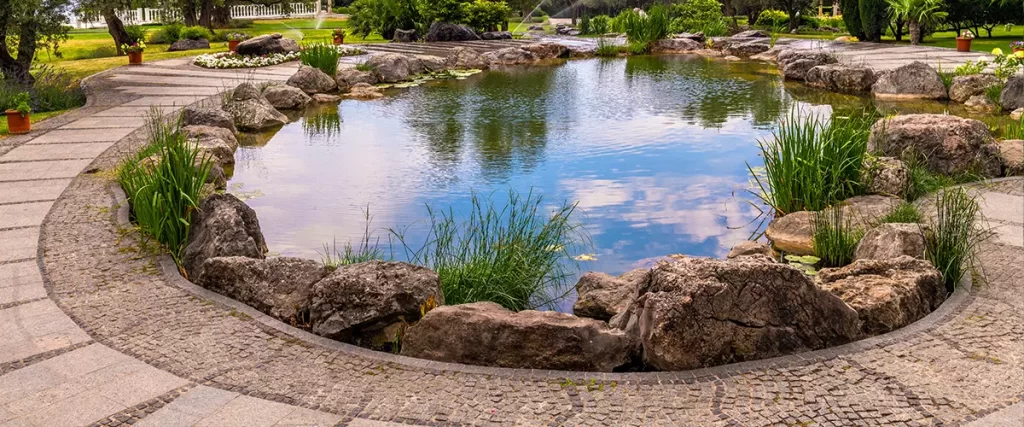
Understanding Cattails and Their Growth
Cattails (Typha spp.) are perennial aquatic plants known for their unique flowering spikes and thick stands. They thrive in wetland habitats, including ponds, lakes, and large marshes. Cattails play a crucial role in providing habitat for wildlife and promoting ecosystem balance.
However, when left unchecked, they can overpopulate and become a nuisance, affecting the overall health of the pond.
Controlling cattail plants can be a daunting task due to their aggressive growth and robust root system. Hand pulling or cutting may provide temporary relief, but they often regrow from their rhizomes. To achieve a more permanent solution, it is necessary to address the root system and treat the cattails at their source.
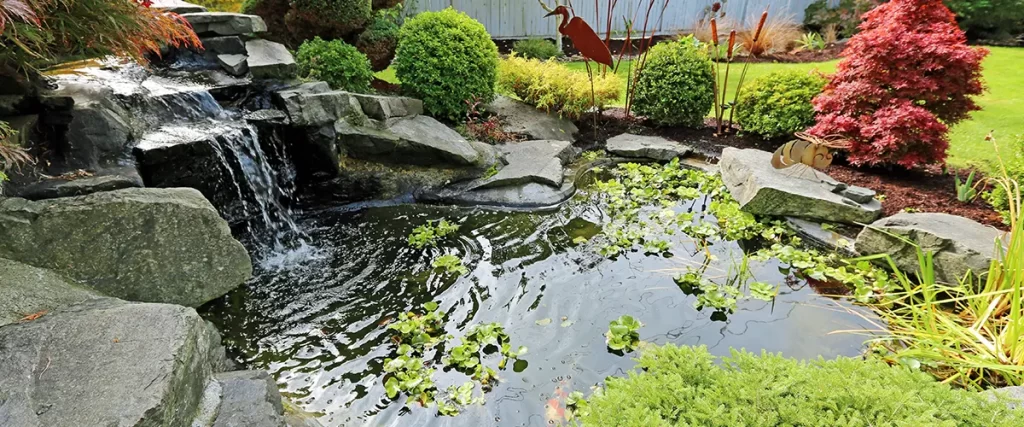
Using Aquatic Herbicides to Control Cattails
Contact Herbicides
Systemic Herbicides
Systemic herbicides, on the other hand, are absorbed by the plant and distributed throughout its system, including the root system. This method provides a more comprehensive approach to controlling cattails and inhibiting their regrowth.
Glyphosate-based herbicides are commonly used systemic herbicides for cattail control. It is crucial to follow label directions and use them responsibly to minimize their impact on aquatic life.
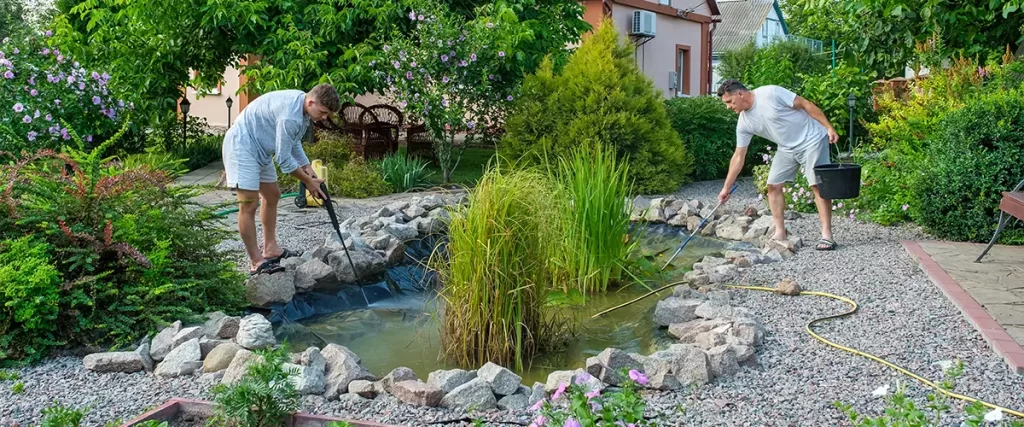
Applying Aquatic Herbicide for Cattail Control
Timing and Growing Season
Method of Application
Pond Water and Wildlife Considerations
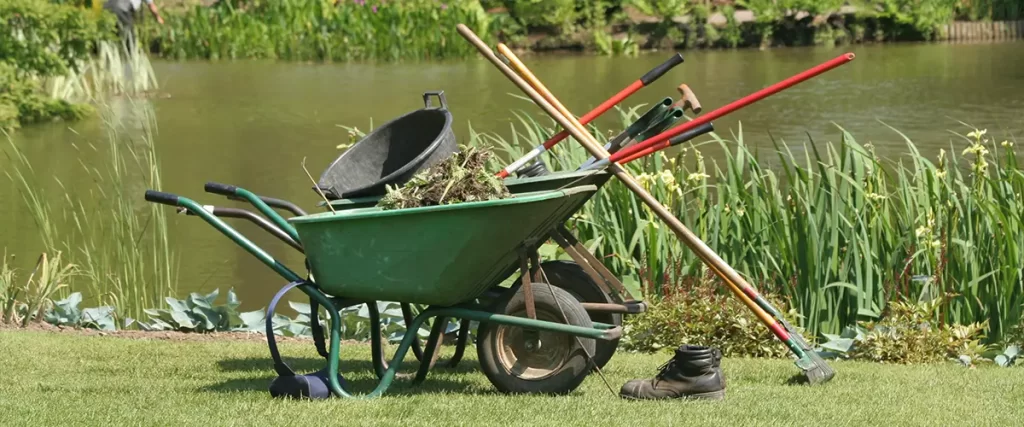
Other Cattail Control Options
Mechanical Control
Integrated Management Approach
Maintaining a Healthy Pond Ecosystem
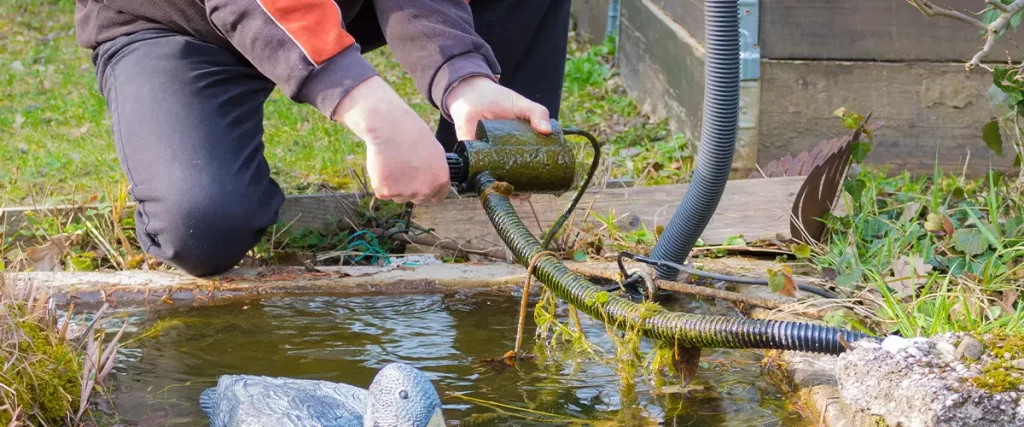
Conclusion
Controlling cattails in a pond requires a comprehensive approach that addresses their root system and inhibits their regrowth. The use of aquatic herbicides, along with other control options, can help you achieve a cleaner pond while maintaining the habitat for other wildlife.
If you don’t want to worry about any of that, give us a call at (850) 723-0511 or request a free quote and we’ll take care of pond maintenance for you!

